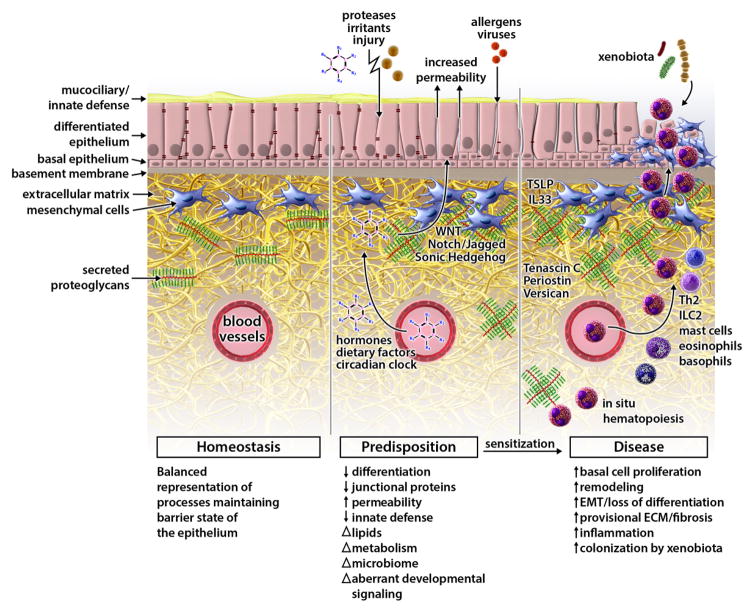Figure 1. Key features of epithelial dysfunction common to all allergic disease.
Epithelial barriers predisposed to Type 2 allergic disease are characterized by increased permeability and aberrant behavior of morphogenetic programs that maintain epithelial homeostasis. Both exogenous (inhaled allergens, respiratory viruses, chemical sensitizers, air pollutants) and endogenous (hormones, dietary factors, altered circadian clock) disruptors of epithelial homeostasis may drive predisposition to allergic sensitization by altering homeostatic activity of developmental pathways (WNT, Notch, Hedgehog) that maintain proper epithelial-to-mesenchymal communication, epithelial differentiation, and barrier integrity. Transition to a remodeling state in disease typically follows allergic sensitization and inflammatory responses. This transition features further loss of differentiation signals, downregulation of innate defense molecules, pro-fibrotic processes, deposition of extracellular matrix, and potentiated activity of the mesenchymal unit.

